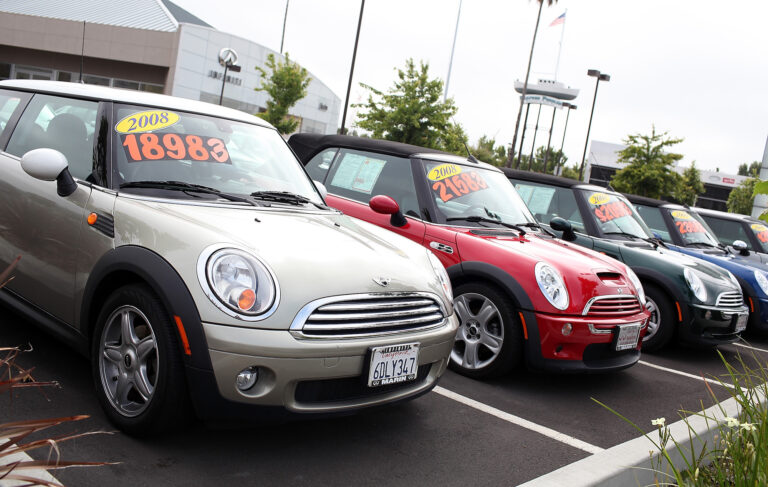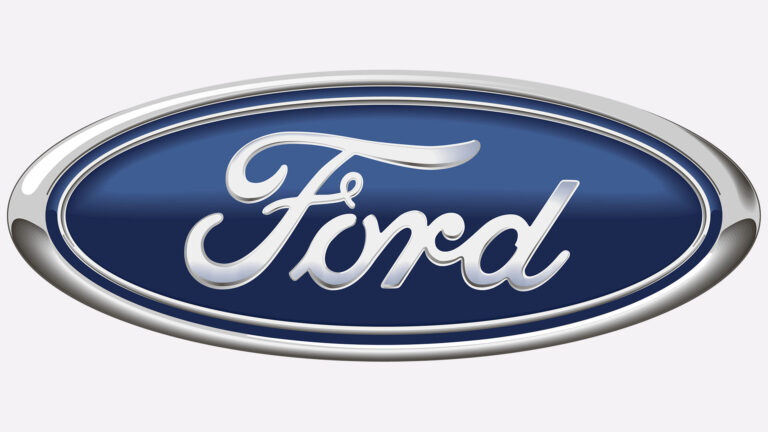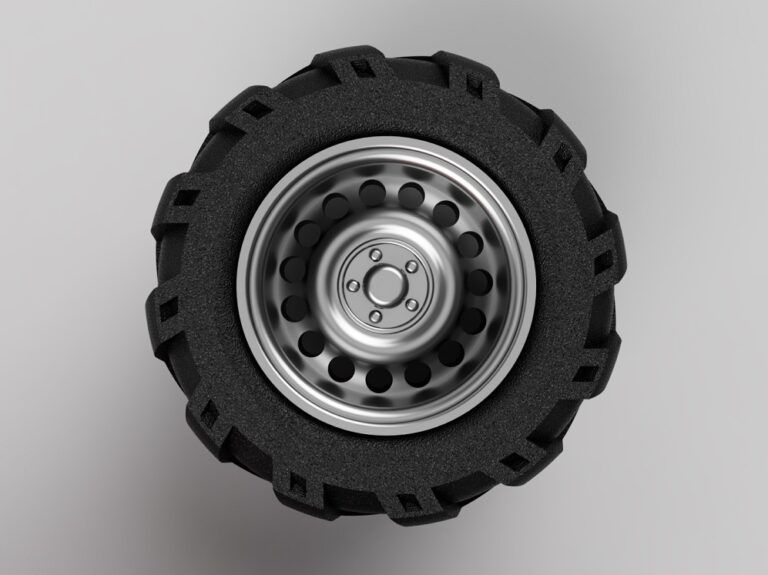Jeep Wrangler Questions: Your Ultimate Guide to Understanding the Icon
Jeep Wrangler Questions: Your Ultimate Guide to Understanding the Icon jeeps.truckstrend.com
The Jeep Wrangler stands as an automotive icon, instantly recognizable for its rugged capability, open-air freedom, and unparalleled customization potential. But beneath its legendary status lies a world of unique characteristics that often spark a myriad of questions from curious prospective buyers and seasoned enthusiasts alike. Understanding these "Jeep Wrangler Questions" – the common inquiries, considerations, and curiosities that surround this distinctive vehicle – is crucial for anyone looking to join the Wrangler family or simply deepen their appreciation for its unique design and engineering.
This comprehensive guide aims to address the most pertinent questions about the Jeep Wrangler, providing detailed insights that will empower you to make informed decisions, navigate the ownership experience, and fully embrace the adventurous spirit of this legendary off-roader.
Jeep Wrangler Questions: Your Ultimate Guide to Understanding the Icon
Unpacking the Wrangler’s Core: Performance & Capability Questions
One of the primary reasons people are drawn to the Wrangler is its renowned off-road prowess. Naturally, many questions revolve around what it can truly do once the pavement ends.
- "How Capable is the Jeep Wrangler Off-Road?"
The Wrangler is arguably the most off-road capable mass-produced vehicle on the market. Its solid axles, high ground clearance, short overhangs (providing excellent approach, breakover, and departure angles), and advanced 4×4 systems are designed for extreme terrain. Models like the Rubicon take this further with features like electronic locking differentials, a disconnecting front sway bar for increased articulation, and lower crawl ratios.- Practical Advice: Understand the difference between the Command-Trac (part-time 4WD) and Rock-Trac (Rubicon-exclusive, lower gearing) 4×4 systems. For serious off-roading, the Rubicon’s enhancements are a game-changer.
- "What Engine Options Are Available, and Which is Best?"
Modern Wranglers offer a diverse powertrain lineup:- 3.6L Pentastar V6: The venerable standard, offering a good balance of power (285 hp) and reliability for daily driving and light off-roading.
- 2.0L Turbo I4: Offers more torque (295 lb-ft) lower in the RPM range, making it feel quicker and often more fuel-efficient than the V6, especially in city driving.
- 2.0L Turbo PHEV (4xe): The plug-in hybrid option combines the turbo engine with electric motors for significant torque (470 lb-ft), impressive acceleration, and an all-electric range (around 20-25 miles). It’s powerful and efficient, but also heavier and more complex.
- 3.0L EcoDiesel V6 (discontinued after 2023): Offered immense torque (442 lb-ft) for towing and crawling, plus better fuel economy than gasoline options.
- 6.4L HEMI V8 (Rubicon 392): The ultimate performance option, delivering a massive 470 hp and 470 lb-ft of torque for blistering acceleration.
- Practical Advice: "Best" depends on your needs. For daily driving and mild trails, the Pentastar or 2.0L turbo are excellent. For serious off-roading or towing, the EcoDiesel (if you can find one used) or 4xe excel. If speed is your priority, the 392 is unmatched.

- "What is the Towing Capacity?"
Most Wrangler models can tow up to 3,500 pounds, sufficient for small trailers, ATVs, or jet skis. The longer wheelbase of the 4-door Unlimited models generally provides better stability for towing.- Important Consideration: While it can tow, the Wrangler’s short wheelbase and high center of gravity mean it’s not ideal for heavy or long-distance towing compared to full-size trucks or SUVs.
![]()
![]()
Navigating Daily Life: Practicality & Daily Driving Questions
While its off-road prowess is legendary, many owners use their Wrangler as a daily driver. This brings forth a different set of questions regarding comfort, efficiency, and safety.
- "What is the Fuel Economy Like?"
Generally, not a strong suit. The V6 and 2.0L turbo models typically get 17-22 MPG combined, varying by transmission and tire size. The 4xe offers the best overall efficiency due to its electric range, but its gasoline-only MPG is similar to the 2.0L turbo. The Rubicon 392 is the least efficient, often in the low teens.- Tip: Larger, knobbier off-road tires and lift kits will negatively impact fuel economy.
- "Is the Ride Comfortable for Daily Driving?"
The Wrangler’s solid axle suspension, while fantastic for off-roading, results in a firmer, more utilitarian ride than independent suspension setups found in most modern SUVs. It can feel bouncy over rough pavement and exhibits more body roll in corners. Newer generations (JL) have improved ride quality significantly compared to older ones (JK, TJ). - "How Safe is the Jeep Wrangler?"
Modern Wranglers (JL generation) come with more advanced safety features, including available blind-spot monitoring, rear cross-path detection, adaptive cruise control, and forward collision warning. However, due to its unique design (removable doors/top) and higher center of gravity, it may perform differently in crash tests compared to conventional SUVs. Always drive defensively, especially with the top and doors removed. - "What is the Cargo Space and Interior Room Like?"
The 2-door Wrangler has limited cargo space, especially behind the rear seats. The 4-door Wrangler Unlimited offers significantly more cargo and passenger room, making it much more practical for families or those needing to haul gear. Rear seat comfort is decent in the Unlimited, but less so in the 2-door. - "Is It Noisy on the Highway?"
Yes, relatively. Due to its upright windshield, boxy shape, and often soft top or removable hardtop panels, wind noise is more pronounced than in most vehicles. Off-road tires also contribute to road noise.- Solution: Aftermarket sound deadening kits can help reduce noise levels.
The World of Personalization: Customization & Modification Questions
Few vehicles offer the same level of aftermarket support and customization potential as the Jeep Wrangler. This aspect is a huge draw for many owners.
- "What Are the Most Common Modifications?"
- Lift Kits: To increase ground clearance and accommodate larger tires.
- Larger Tires: For improved off-road traction and aesthetics.
- Aftermarket Bumpers: For better approach/departure angles, winch mounting, and protection.
- Winches: Essential recovery gear for off-roading.
- Lighting: LED light bars, auxiliary lights for off-road visibility.
- Armor: Skid plates, rock sliders for underside protection.
- "Will Modifications Void My Warranty?"
Generally, a modification will only void the part of the warranty directly affected by that modification. For example, a lift kit might void the warranty on suspension components, but not necessarily on the engine or transmission (unless the modification directly caused a failure in those parts). It’s always best to consult with your dealership or Jeep directly. - "Are There Legal Restrictions on Modifications?"
Yes, absolutely. Lift height limits, tire size restrictions, fender flare requirements, and lighting laws vary significantly by state and even local municipality.- Actionable Insight: Always research your local laws before making significant modifications. Ensure your vehicle remains street-legal.
Ownership Deep Dive: Models, Costs & Unique Features Questions
Beyond performance and practicality, the long-term ownership experience and the various configurations of the Wrangler prompt many questions.
- "What are the Differences Between Wrangler Trims (Sport, Sahara, Rubicon, etc.)?"
- Sport/Sport S: The entry-level, most basic Wrangler. Capable but offers fewer creature comforts and less extreme off-road hardware.
- Willys: Builds on the Sport S with a more aggressive off-road look, 32-inch mud-terrain tires, rock rails, and a limited-slip rear differential.
- Sahara: Focuses on comfort and style, offering body-color fenders, upgraded interior materials, larger touchscreen, and more convenience features. Less off-road focused than Rubicon.
- Rubicon: The ultimate factory off-roader. Features include heavy-duty Dana 44 axles, electronic locking front and rear differentials, a disconnecting front sway bar, lower 4:1 transfer case gear ratio, and larger fender flares for bigger tires.
- High Altitude: A premium, fully loaded Sahara with exclusive styling cues, 20-inch wheels, and luxurious interior.
- Rubicon 392: The high-performance V8 variant of the Rubicon, with unique styling and capabilities.
- 4xe: Plug-in hybrid variants available across multiple trims (Sahara, Rubicon, High Altitude).
- "Should I Get a 2-Door or 4-Door (Unlimited)?"
- 2-Door: Shorter wheelbase means better breakover angle and maneuverability on tight trails. More classic Wrangler aesthetic. Less practical for passengers or cargo.
- 4-Door (Unlimited): Longer wheelbase provides better ride comfort, more stability for highway driving and towing, and significantly more passenger and cargo room. Slightly less agile off-road than the 2-door.
- Practical Advice: For serious off-roading and a classic feel, consider the 2-door. For daily driving, families, or more utility, the 4-door is the clear choice.
- "How Much Does a Jeep Wrangler Cost?"
Prices vary significantly by trim, options, and model year. Generally, a new Wrangler can range from the low $30,000s for a base Sport to over $80,000 for a loaded Rubicon 392 or High Altitude 4xe.- Important Consideration: The aftermarket for Wranglers is vast, and many owners invest thousands more in modifications, which should be factored into the overall cost of ownership if you plan to customize.
The Signature Experience: Top & Door Removal Questions
The ability to remove the top and doors is a hallmark of the Wrangler experience, offering an unparalleled connection to the outdoors.
- "How Easy Is It to Remove the Top and Doors?"
Modern Wranglers have made this process much simpler than older generations.- Soft Top: Fairly easy to fold down or remove entirely, often requiring one person.
- Hard Top: The Freedom Top panels (front sections) are quick to remove by hand. The full rear section requires two people and specialized storage.
- Doors: Removing the doors is straightforward: disconnect wiring, remove two bolts per door, and lift.
- Practical Advice: Always store removed parts securely. Invest in door storage carts and bags for convenience and protection.
- "Is It Legal/Safe to Drive Without Doors?"
Legality varies by state/country. Many states require side mirrors, which are attached to the doors. Aftermarket mirror relocation kits are available. Safety is also a concern; driving without doors offers less protection in a side impact. Always wear seatbelts and drive responsibly.- Important Note: Driving without a top or doors exposes the interior to elements and increases wind/road noise significantly.
Jeep Wrangler Estimated Starting Prices (MSRP)
Please note that these are estimated starting MSRPs for new vehicles and can vary significantly based on trim level, engine choice, options, packages, and current market conditions. Prices do not include destination charges, taxes, or dealer fees.
| Trim Level | Doors | Engine Options | Estimated Starting MSRP (USD) | Key Features |
|---|---|---|---|---|
| Sport | 2-door | 3.6L V6, 2.0L Turbo I4 | $32,000 – $36,000 | Entry-level, basic 4×4, removable top/doors, Uconnect touchscreen. |
| Sport S | 2-door | 3.6L V6, 2.0L Turbo I4 | $36,000 – $40,000 | Adds power windows/locks, air conditioning, alloy wheels, leather-wrapped steering wheel. |
| Willys | 2-door | 3.6L V6, 2.0L Turbo I4, 2.0L Turbo 4xe | $41,000 – $55,000 | Aggressive off-road look, 32-inch mud-terrain tires, rock rails, limited-slip rear differential. |
| Sahara | 4-door | 3.6L V6, 2.0L Turbo I4, 2.0L Turbo 4xe | $47,000 – $59,000 | More refined interior, body-color fenders, larger infotainment screen, premium features. |
| Rubicon | 2-door | 3.6L V6, 2.0L Turbo I4, 2.0L Turbo 4xe | $49,000 – $62,000 | Ultimate off-roader: locking diffs, disconnecting sway bar, 4:1 transfer case, heavy-duty axles. |
| High Altitude | 4-door | 3.6L V6, 2.0L Turbo I4, 2.0L Turbo 4xe | $56,000 – $70,000 | Luxury-focused, body-color hardtop/fenders, Nappa leather, premium tech, 20-inch wheels. |
| Rubicon 392 | 4-door | 6.4L HEMI V8 | $88,000+ | High-performance V8 engine, enhanced off-road capabilities, unique styling cues. |
| Special Editions | Varies | Varies (e.g., Freedom, High Tide, etc.) | $40,000 – $70,000+ | Limited production models with unique styling, features, and often exclusive colors. Pricing varies greatly. |
(Note: Prices are subject to change by manufacturer and market conditions. Always check with an authorized Jeep dealer for the most current pricing.)
Frequently Asked Questions (FAQ) about the Jeep Wrangler
Q1: Is the Jeep Wrangler a reliable vehicle?
A1: Reliability can be a mixed bag. While the core mechanical components (like the Pentastar V6) are generally robust, the Wrangler is known for minor electrical quirks and recalls. Its off-road nature means components can be stressed more than in a typical SUV. Regular maintenance is key.
Q2: Does the Jeep Wrangler hold its value well?
A2: Yes, the Jeep Wrangler is famous for its excellent resale value. Its iconic status, high demand, and customization potential help it depreciate slower than many other vehicles.
Q3: Can I flat tow a Jeep Wrangler behind an RV?
A3: Absolutely! The Wrangler is one of the most popular vehicles for flat towing (towing with all four wheels on the ground) due to its neutral transfer case setting. This is a significant advantage for RV owners.
Q4: What’s the difference between a soft top and a hardtop?
A4: A soft top is made of fabric and can be folded down easily for an open-air experience. It’s lighter but offers less sound insulation and security. A hardtop is made of fiberglass or composite, offers better sound insulation, security, and weather protection, but is heavier and more cumbersome to remove (though the front "Freedom Panels" are easy). Many Wranglers come with both or allow you to choose.
Q5: Is a lifted Wrangler still safe to drive?
A5: A professionally installed and properly aligned lift kit from a reputable manufacturer should not inherently make a Wrangler unsafe. However, improper installation, cheap components, or excessively tall lifts can negatively impact handling, stability, and safety. Always ensure proper suspension geometry correction and choose a qualified installer.
Q6: What is the "Death Wobble"?
A6: "Death Wobble" is a severe, uncontrollable shaking of the front end of a solid-axle vehicle, most commonly experienced in Wranglers (especially older models or those with poorly executed lifts/modifications) when hitting a bump at speed. It’s usually caused by worn or loose steering/suspension components (e.g., track bar, ball joints, tie rod ends). It’s a serious issue that needs immediate attention from a qualified mechanic.
Conclusion
The Jeep Wrangler is more than just a vehicle; it’s a lifestyle, an adventure waiting to happen, and a symbol of freedom. Yet, its unique design and capabilities naturally lead to a host of questions. By thoroughly exploring these "Jeep Wrangler Questions" – from its off-road prowess and daily driving nuances to its boundless customization options and ownership considerations – prospective buyers and current enthusiasts can gain a deeper understanding of what it truly means to own this legendary machine. Armed with this knowledge, you can confidently embark on your Wrangler journey, ready to tackle any trail and embrace the open road with informed enthusiasm.



